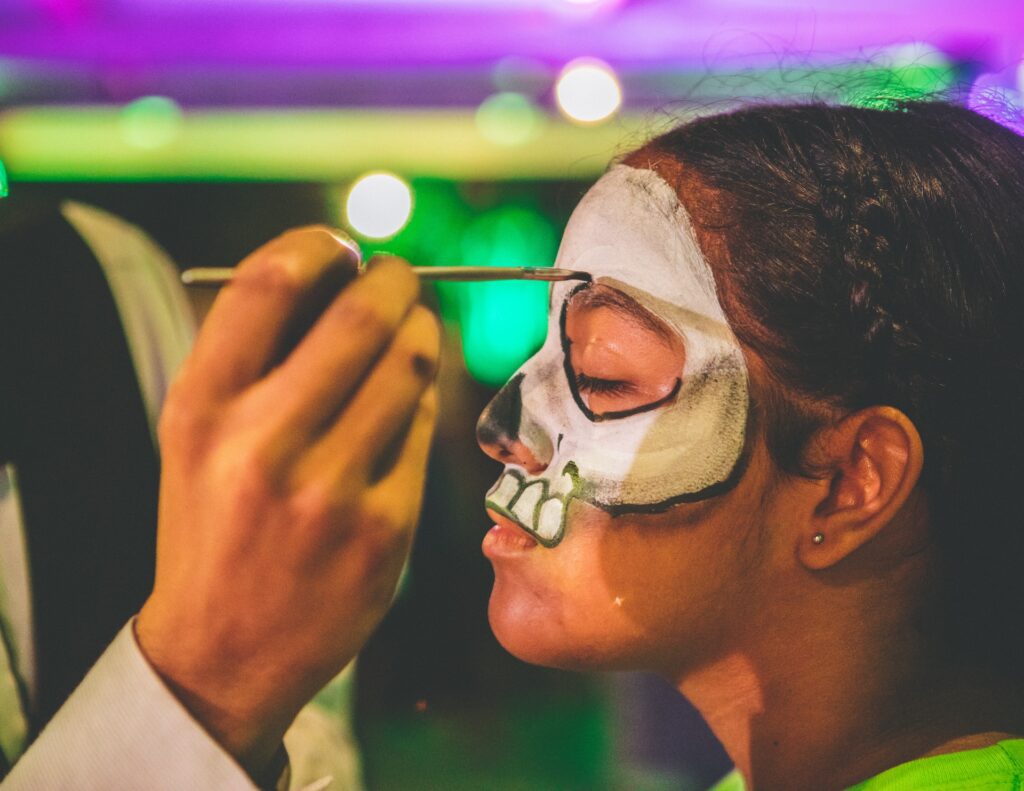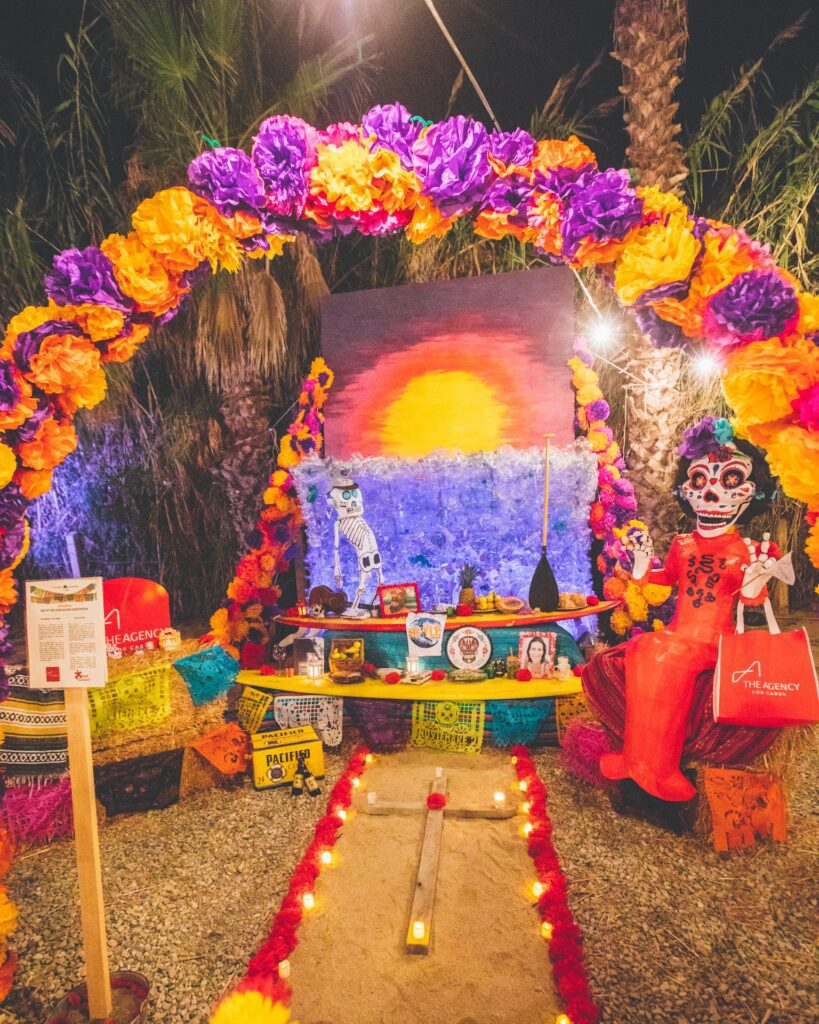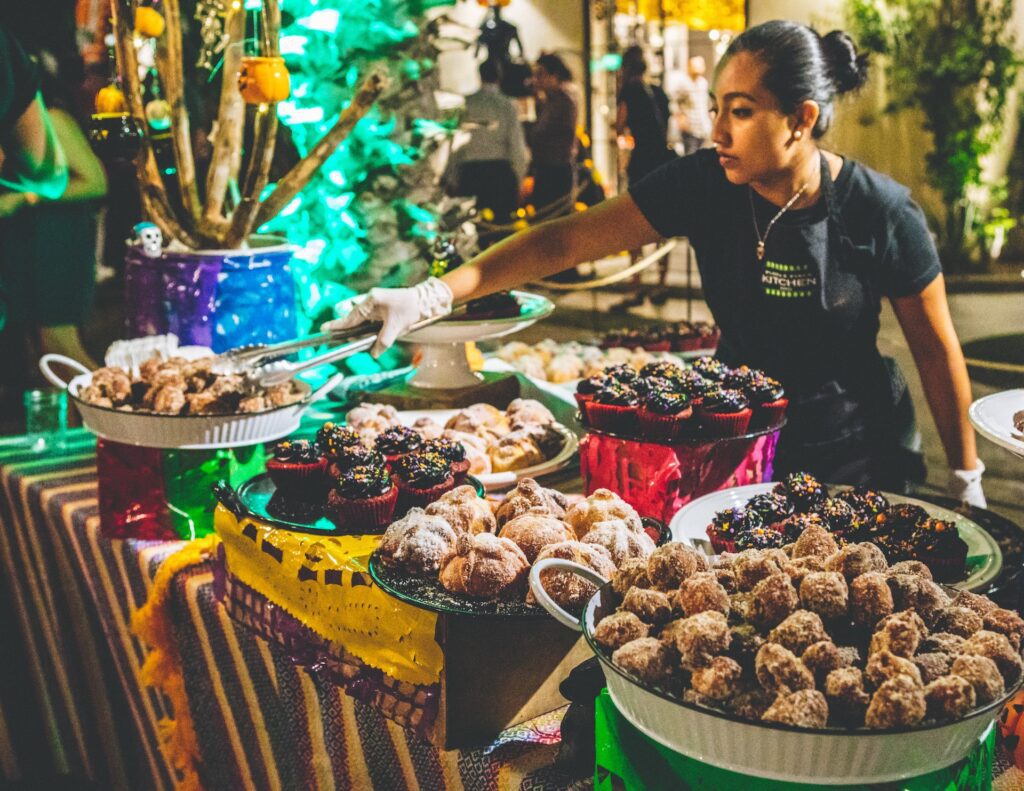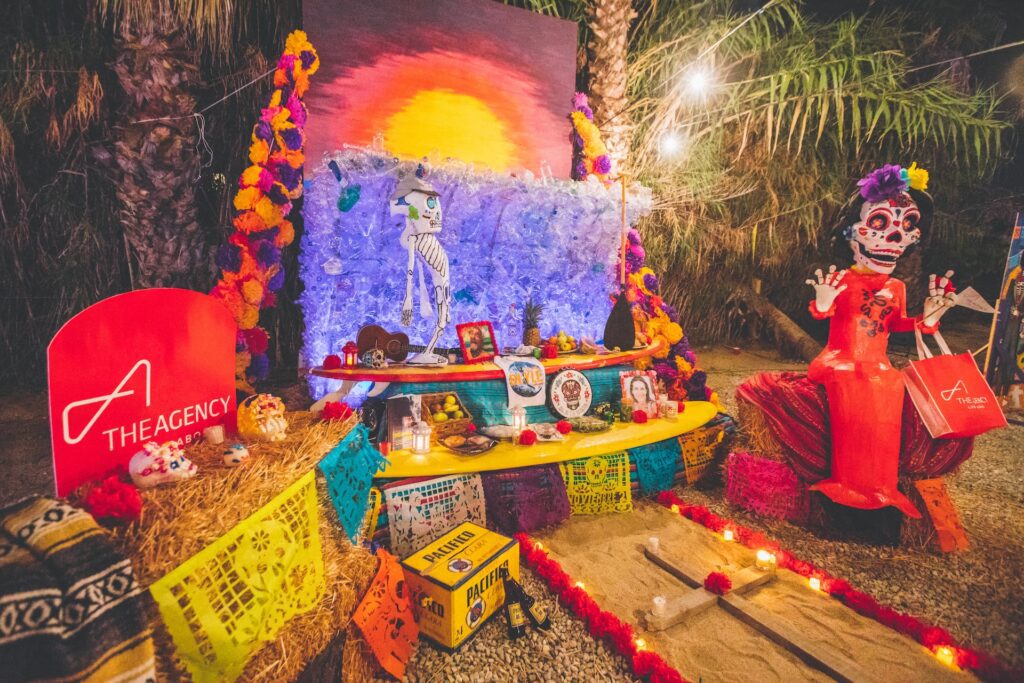
Halloween vs. Day of the Dead
Halloween and the Day of the Dead are two distinct celebrations that, although occurring around the same time of the year, come with their unique origins and traditions. While you may be tempted to lump them together as the same celebration, we will explore the differences between these two holidays, delve into their histories, and discover how each is celebrated.

Where did these celebrations come from?
Halloween, with its roots in Celtic traditions, has evolved over centuries into a festive and spooky holiday celebrated primarily in Western countries, especially the United States. It originated from the ancient Celtic festival of Samhain, marking the end of the harvest season and the beginning of winter. People believed that during this time, the boundary between the living and the dead was blurred, allowing spirits to roam freely. Over time, Halloween incorporated various modern elements such as costumes, jack-o’-lanterns, and trick-or-treating, creating a unique and widely recognized holiday.
On the other hand, the Day of the Dead, or “Día de los Muertos,” has deep Mexican and indigenous origins. It is a celebration that honors and remembers deceased loved ones. The holiday can be traced back thousands of years to the Aztec civilization, where it was dedicated to the goddess Mictecacihuatl, the “Lady of the Dead.” When the Spanish conquistadors arrived, they merged these indigenous customs with Catholicism, resulting in the modern Day of the Dead as we know it today.

Celebration Differences
One of the most significant differences between Halloween and the Day of the Dead is their purpose. Halloween is often seen as a time for spooky and playful festivities. People dress up in costumes, carve pumpkins, and decorate their homes with ghosts and witches. The emphasis is on fun and scares, with trick-or-treating and haunted houses being popular activities.
In contrast, the Day of the Dead is a more solemn and introspective occasion. It’s a time for people to remember and celebrate the lives of deceased family members and friends. Families create ofrendas (altars) adorned with photographs, candles, marigold flowers, and the favorite foods of the departed. The belief is that during these days, the spirits of the deceased return to visit their loved ones, and these ofrendas serve as a way to guide them, welcome them, and honor them. Although an occasion full of emotion, it is still regarded as a celebration of people’s lives!
Another key difference lies in the symbolism. Halloween is characterized by imagery associated with death and the supernatural, such as skeletons, ghosts, and witches. Meanwhile, the Day of the Dead features calacas and Calaveras, ornate sugar skulls, often decorated with colorful icing and marigold flowers. These vibrant symbols represent the cycle of life and the connection between the living and the dead.

–
Written by Jack Vale in partnership with Arena Prints screen burning services.





